Rose Valley Museum At Thunderbird Lodge A Glimpse Into Its History And Role Within The American Arts And Crafts Movement
By Karl Pass - March 01, 2024
Rose Valley is incredibly significant within the canon of the American Arts and Crafts movement. The historic borough outside of Media, Pa., in Delaware County is today on the National Register of Historic Places. Rich in history, the area served as a major trade route corridor for Native Americans, a Quaker settlement and home to a series of agricultural and textile mills in the 18th and 19th centuries, as well as a grand experiment rooted in the vision of the Arts and Crafts movement. The origin story of Rose Valley came about at the turn of the 20th century when prominent architect William Lightfoot Price acquired a large parcel of land forming an association in 1901. The Rose Valley Borough was later established in 1923. Neighboring institution Swarthmore College was an early underwriter. An admirer of well-known writers and scholars William Morris and John Ruskin, Prices vision was that of the Arts and Crafts model or project, advocating handmade products and utopian ideals. In a nutshell, the movement, beginning in England, believed Victorian era industrialism was dehumanizing and produced poor quality goods. It was a reaction to the industrial revolution. In part a philosophy, the free thinkers of the movement believed personal responsibility, quality standards, creativity, and quality of life in general were on the decline. On this side of the Atlantic, Quakerism was prominent in Philadelphia, and tenets of their philosophy fell in line with this movement. The Rose Valley Association rented studio space and housing to craftsmen, writers, and other artisans. An arts gallery was in an old mill, later turned into the Hedgerow Theatre, and there was also a printing press. The furniture of the Rose Valley workshop ranks among the most discussed legacy today. Designed in the high gothic style with hand-carved details, around 400 pieces were produced during the associations experiment, which lasted roughly the first decade of the 20th century. Today, the nucleus of the community is Thunderbird Lodge. Price designed the building, which was an 18th-century stone bank barn, as a residence for artist and illustrator Alice Barber Stephens and her husband, Charles Stephens. This historic property and its owners are largely the focus of this overview and a glimpse into the reuse practices and principles of the Arts & Crafts philosophy. Charles taught at the Pennsylvania Academy of Fine Arts (PAFA). He was also a Native American ethnologist fascinated by the Blackfoot and Navajo cultures, explaining the Thunderbird name, a motif of importance. The second part of the buildings history involves its second owners, Mildred Scott and Allen S. Olmsted II, who lived there from 1932 to 1990. Mildred Scott Olmsted was a prominent force in the womens suffrage movement and later Civil Rights Movement. Her husband, Allen S. Olmsted II, founded the American Civil Liberties Union. The story of Thunderbird Lodge is the the story of the Stephens and Olmsteds. In 2017, a 501(c) (3) charitable organization was established with the mission to preserve Thunderbird Lodge. We need to be a living history museum, engaging people with their hands, close to nature, building a community of shared values, stated volunteer curator Ryan Berley, a prominent force behind the preservation effort. And there have been no shortage of challenges. In 2020, a controversial decision by the then board of directors at the neighboring Hedgerow Theatre was made to sell a number of objects in the theater to raise money. Items made by the famous Wharton Esherick (1887-1970) were sold at Freemans Auction House (now Freemans/Hindman). Hedgerow, which still holds productions, has been an integral part of the Rose Valley community for 100 years. In the thick of the theatres woven past is Esherick and his family. His carved woodblocks were used for posters. He also designed sets and lighting. In the 1920s, he made and designed furniture for the theatre, and went on to become an important figure forging the bridge between the Arts & Crafts 1920s era and the studio furniture movement (1950s). His thunder table commissioned by the theatre in 1929 sold for $187,500 at the deaccession auction to an out-of-state collector. One of the few spiral staircases made and designed by Esherick specifically for the theatre sold for $81,250. After a large-scale fundraising campaign led by Berley, the museum was able to buy the staircase at the auction and will eventually install it at the museum. History is fragile and easily lost, sometimes even under the leadership of those under directive to protect it. It should be noted, there was no legal covenant in place preventing the sale. The board at the theatre has since been reconstituted, and the organization is under new leadership. Today, Thunderbird Lodge serves as the Rose Valley Museum. The extensive permanent collection of Rose Valley workshop furniture, art pottery, ephemera, tools, and artifacts are on display in the upper studio. A lecture space is in the lower studio, and there is a museum store where antiques and books are for sale. The museum typically holds an open house one weekend per month from noon to 4 p.m. on a Saturday and Sunday. Walking tours on private trails within the historic district are also held on occasion. The museum is located at 41 Rose Valley Road, Rose Valley, Pa. For further information, visit www.rosevalleymuseum.org. Id like to thank Ryan Berley for the informative tour of the lodge and surrounding grounds.


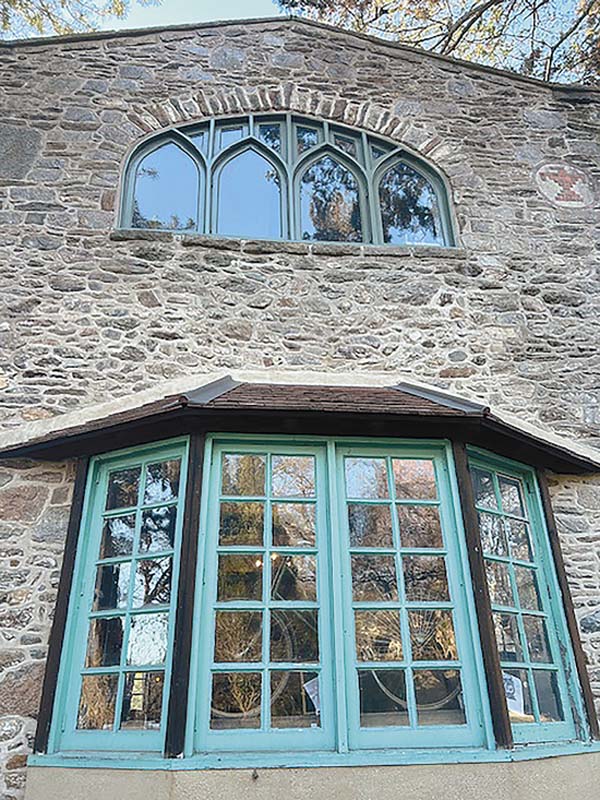

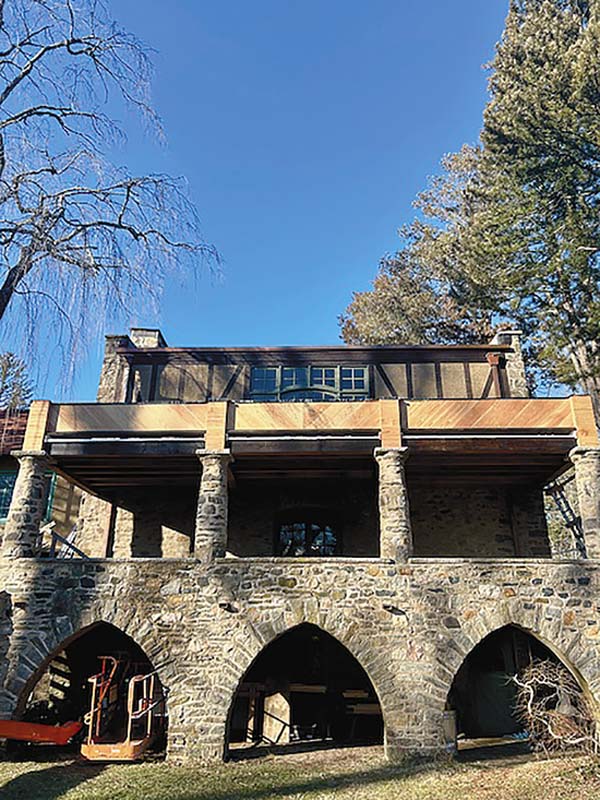
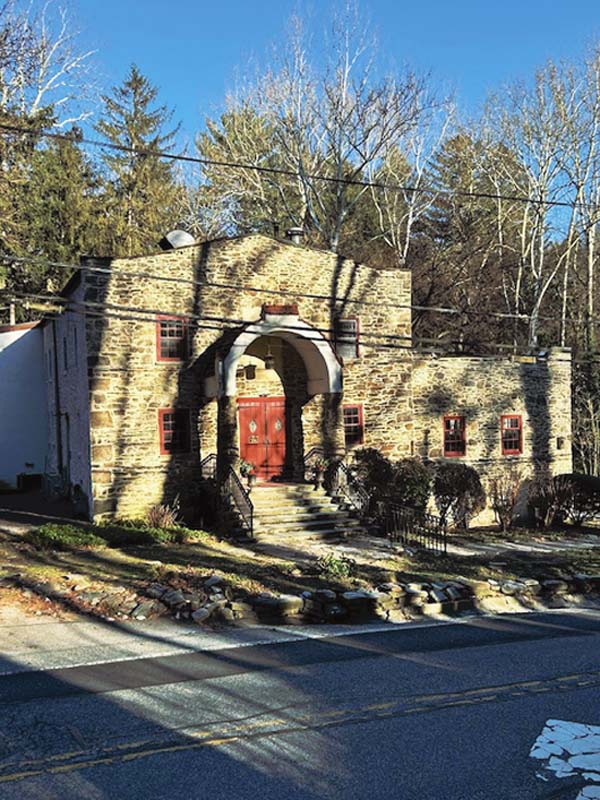
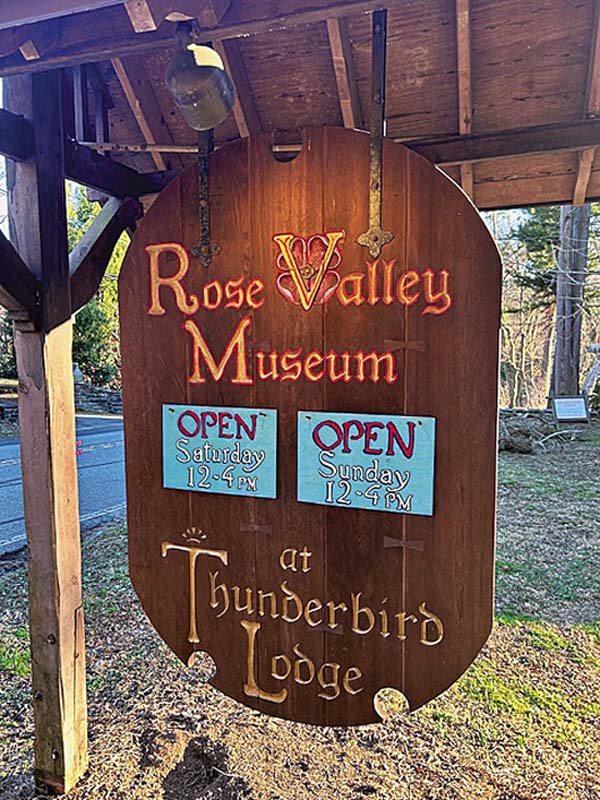
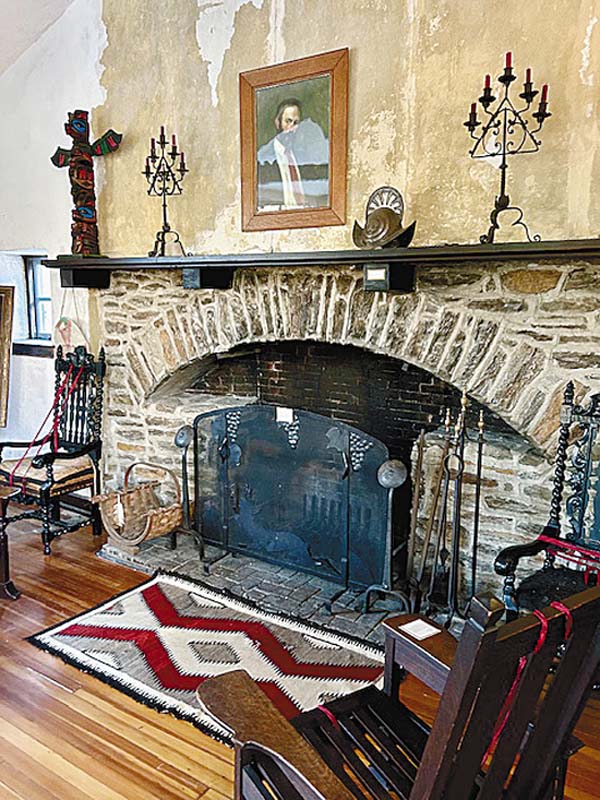
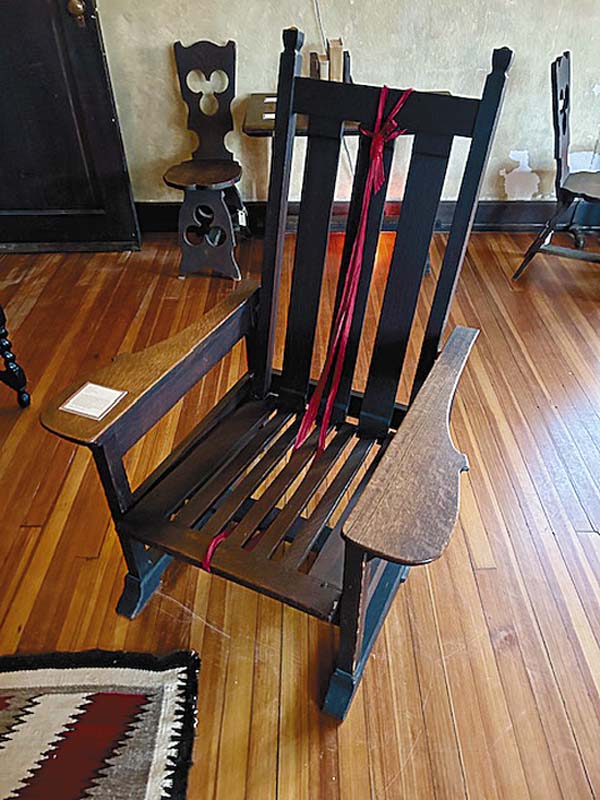


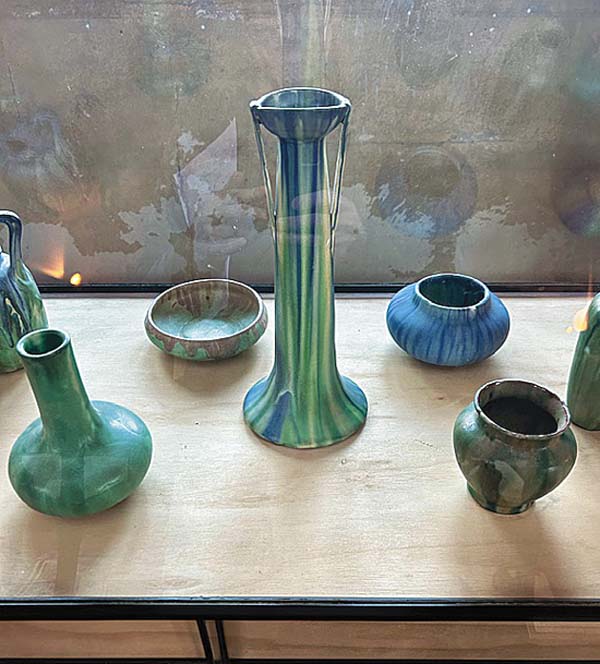


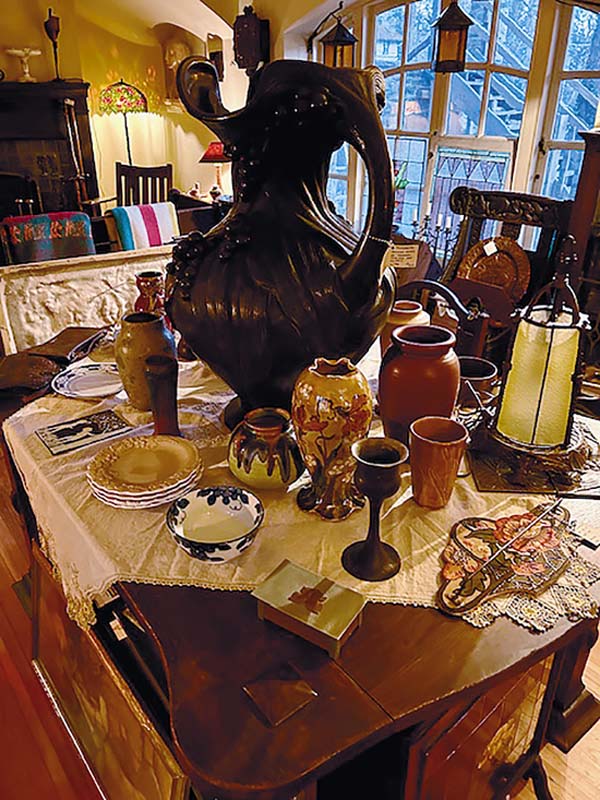

SHARE
PRINT